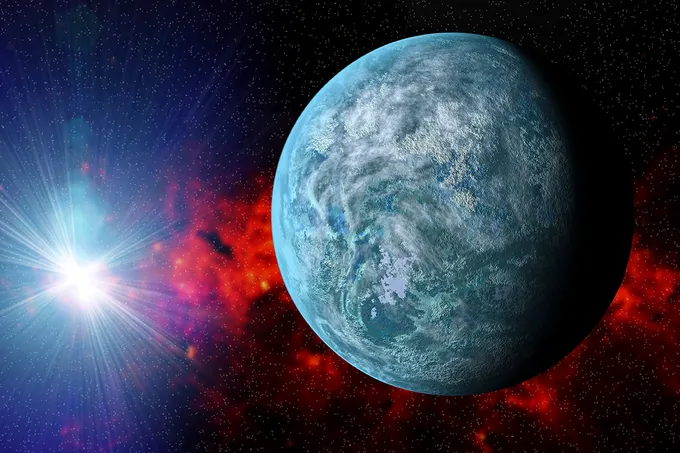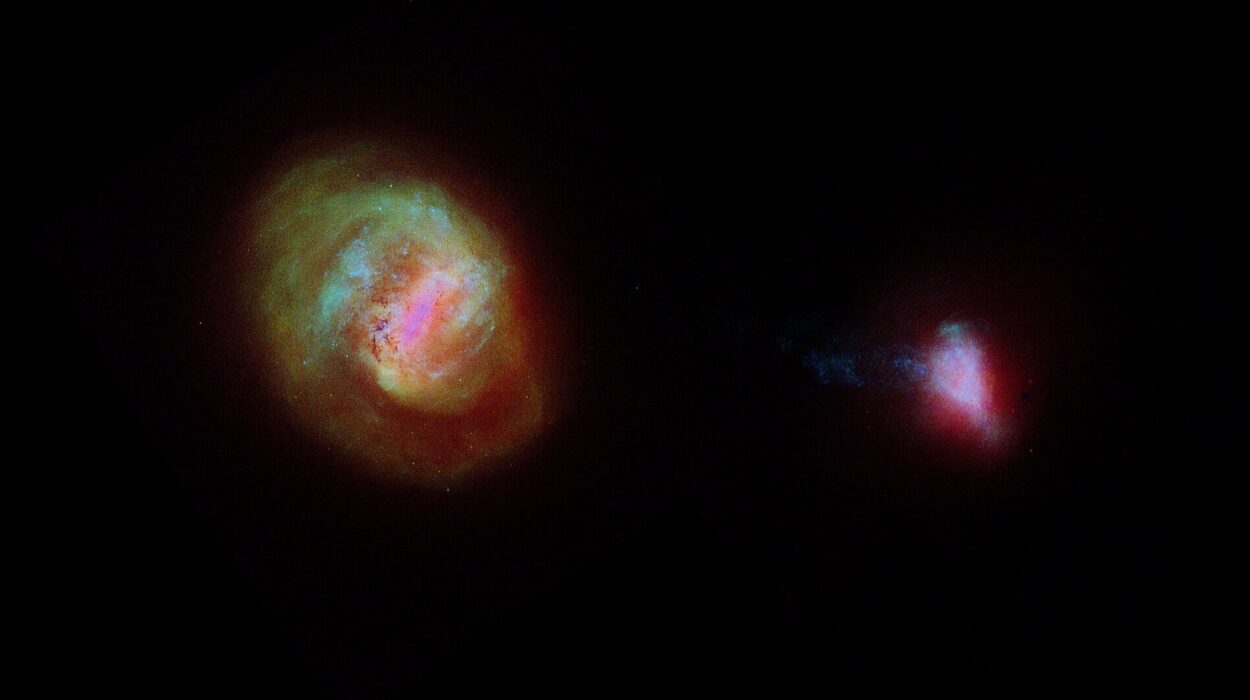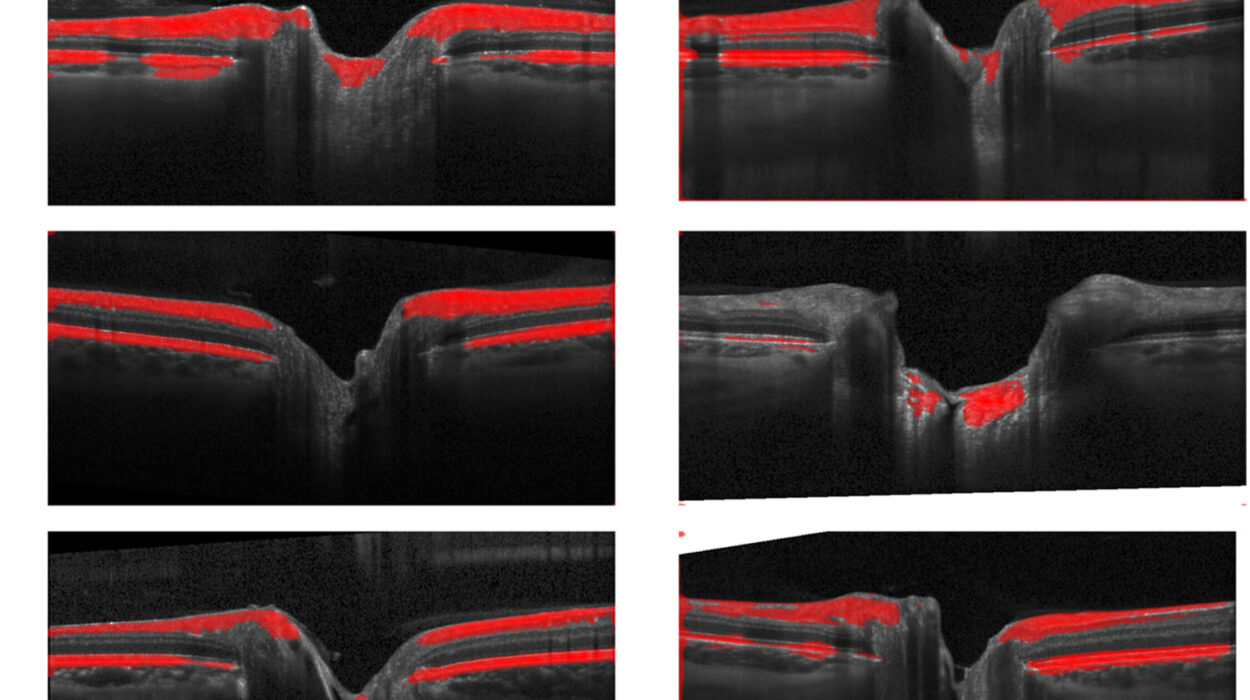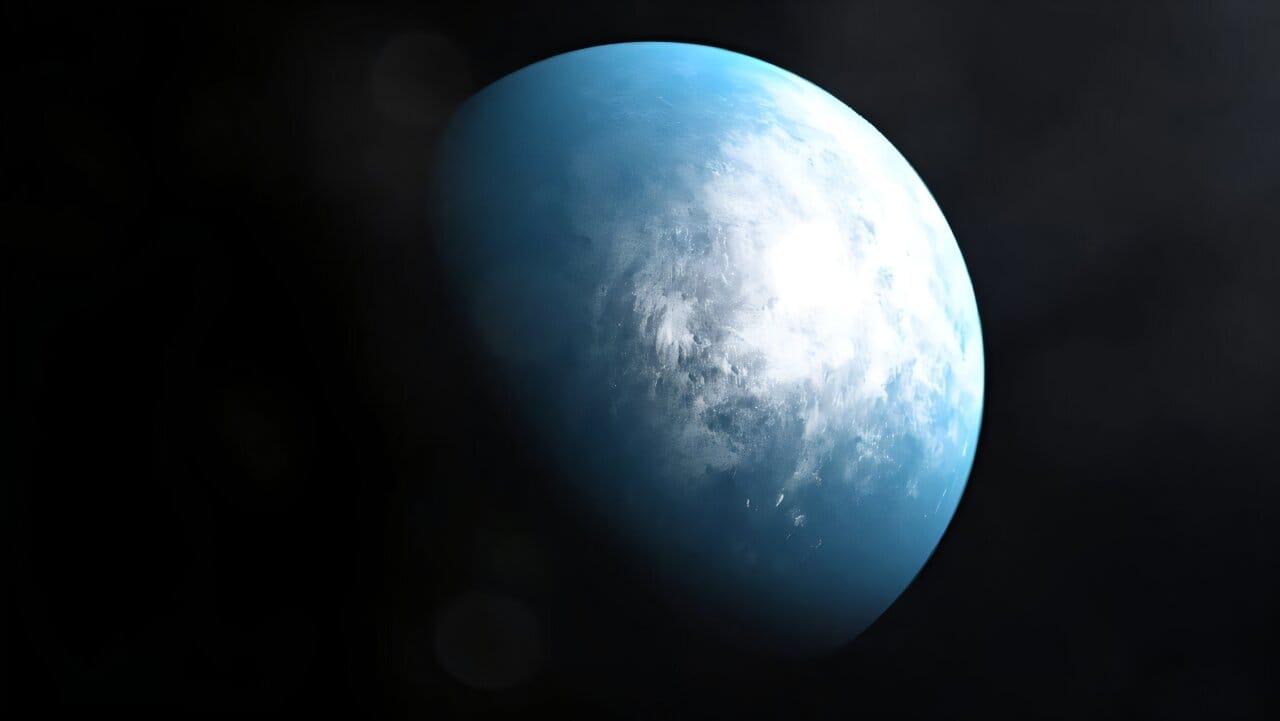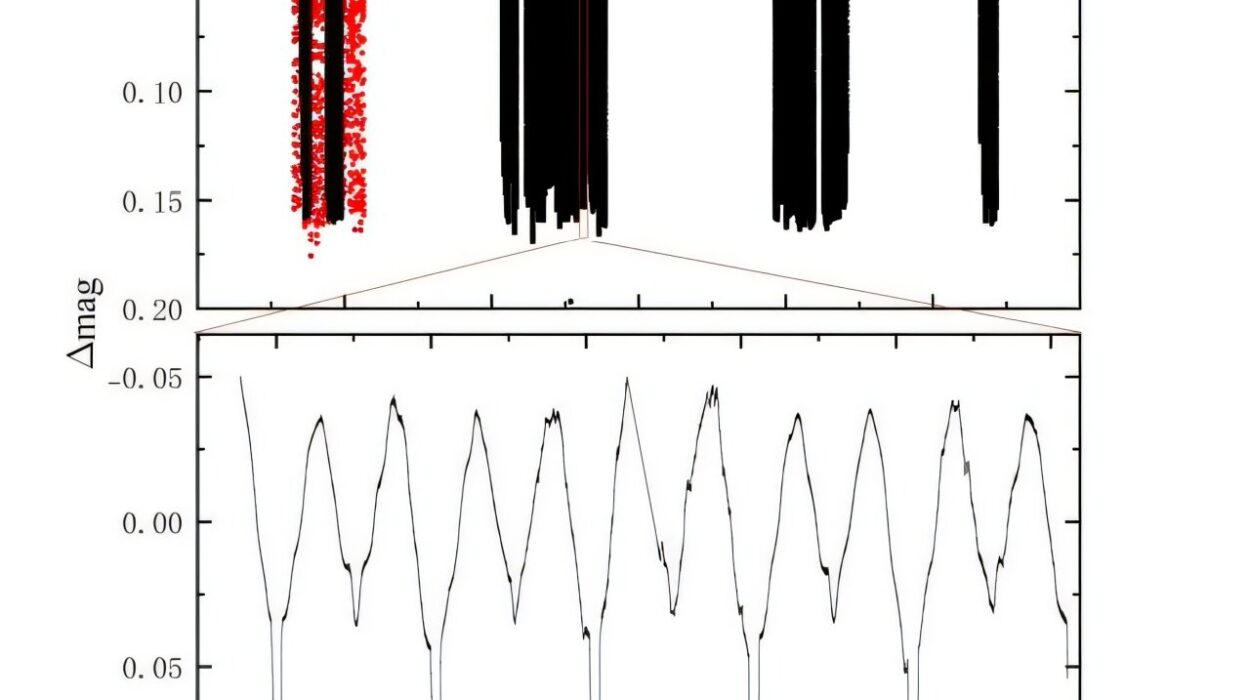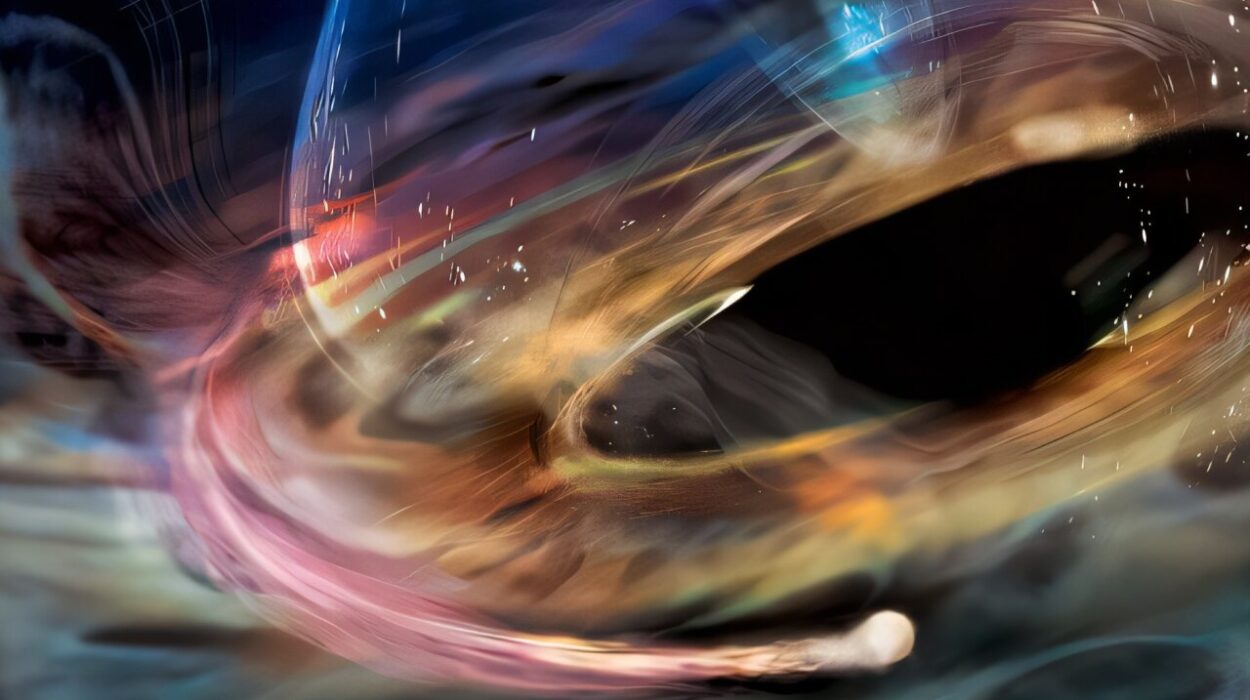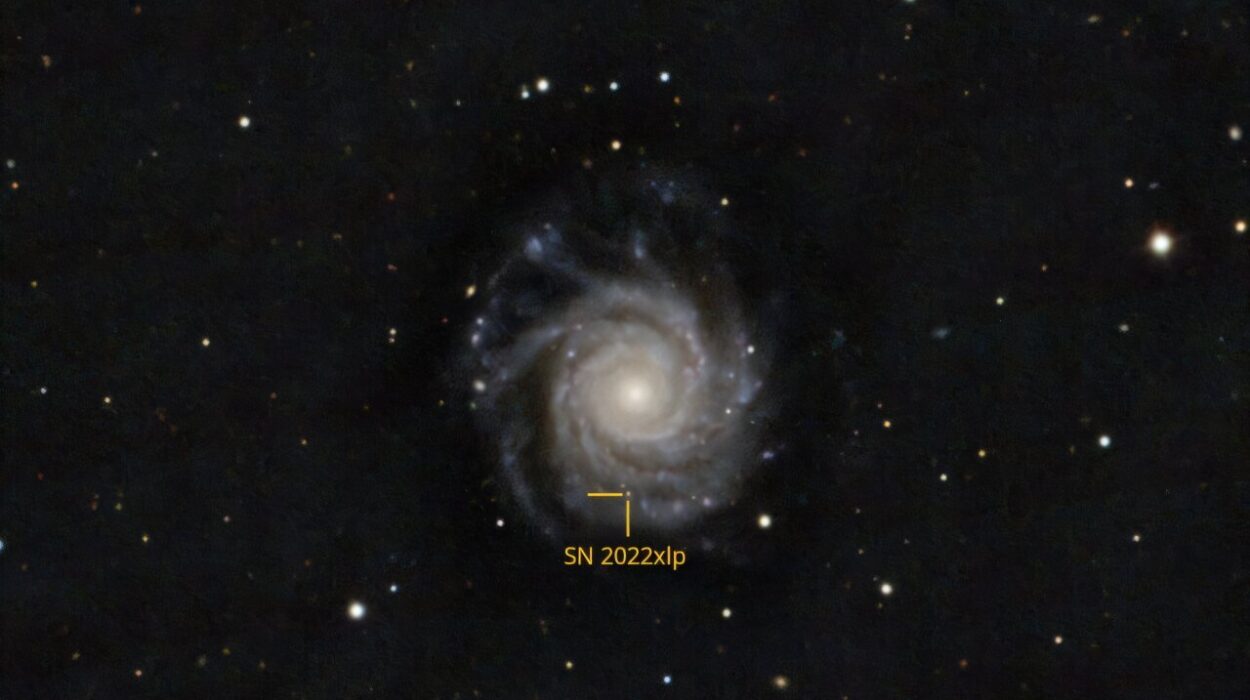In the quest to answer the age-old question, “Are we alone in the universe?” scientists have made remarkable progress over the past few decades. Thanks to technological advances in observational tools and techniques, astronomers have discovered more than 7,000 exoplanets since the first one was detected in 1995. These discoveries have raised hopes of finding worlds that may host life beyond Earth. The detection of super-Earth HD 20794 d is a significant milestone in this ongoing exploration, pushing the boundaries of our understanding and bringing us one step closer to potentially answering humanity’s existential question.
The Search for Life Beyond Our Solar System
The search for exoplanets began with the discovery of the first one orbiting a star outside our solar system, a breakthrough led by researchers Michel Mayor and Didier Queloz in 1995. Their discovery not only changed the field of astronomy but also earned them the 2019 Nobel Prize in Physics. Since then, scientific consensus has suggested that most stars in the galaxy likely host at least one planetary system, implying that billions of exoplanets are waiting to be discovered.
Over the years, astronomers have focused on identifying planets that not only exist but also possess the right conditions to potentially support life. The ideal planets are located in what’s known as the habitable zone (HZ) of their star, often referred to as the “Goldilocks Zone,” where conditions are just right for liquid water to exist — a key ingredient for life as we know it. The discovery of HD 20794 d, a super-Earth exoplanet, is one such breakthrough that has opened new possibilities in the search for extraterrestrial life.
The Discovery of HD 20794 d
HD 20794 d is a super-Earth — a type of exoplanet that is larger than Earth but still rocky and capable of having a solid surface. Located only 19.7 light-years away from Earth, this planet is relatively close in cosmic terms, making it an excellent candidate for detailed study. Orbiting a G-type star — similar to our Sun — HD 20794 d is part of a multi-planet system that includes two other planets.
The defining feature of HD 20794 d is its eccentric orbit. Unlike Earth’s nearly circular orbit, HD 20794 d follows an elliptical path that causes the planet to oscillate in and out of its star’s habitable zone. This unique orbital configuration means that the planet periodically moves between the inner and outer edges of the habitable zone, where temperatures may allow water to exist in both solid and liquid states. Such oscillations could create conditions that may make it easier for life to emerge, depending on the planet’s atmospheric properties and other factors.
The discovery of HD 20794 d has profound implications for exoplanet research. The planet’s orbit offers scientists an unprecedented opportunity to test their understanding of habitability. If liquid water exists on HD 20794 d, it would experience dramatic seasonal changes, potentially passing from an ice state to liquid and back as it moves through different distances from its star. These cyclical transitions could foster the necessary conditions for life to form or thrive.
The Importance of Proximity and Light Signals
HD 20794 d’s proximity to Earth makes it one of the most promising planets for astronomers to study. The star it orbits, HD 20794, is relatively bright and luminous, allowing astronomers to capture more powerful and visible light signals. According to Xavier Dumusque, a Senior Lecturer and researcher in the Department of Astronomy at the University of Geneva (UNIGE), the star’s luminosity and proximity make it an ideal target for future telescopes, which will aim to directly observe the atmospheres of exoplanets.
The close proximity of HD 20794 d (just 19.7 light-years away) is crucial for astronomers because the signals from the planet and its star are stronger and easier to detect compared to more distant exoplanets. This makes HD 20794 d a prime candidate for in-depth studies with next-generation instruments, like the ANDES spectrograph, which will be used with the Extremely Large Telescope (ELT) in Chile. The ability to directly analyze an exoplanet’s atmosphere could provide key insights into whether the planet could harbor life or whether it has the conditions required for life to evolve.
Years of Observations and Cutting-Edge Technology
The discovery of HD 20794 d didn’t happen overnight. It is the result of more than 20 years of continuous observation using some of the best telescopes and instruments available today. The data collected over these two decades were carefully analyzed and processed to reveal the existence of the planet, as well as its characteristics.
In particular, two advanced instruments — ESPRESSO (Echelle SPectrograph for Rocky Exoplanet and Stable Spectroscopic Observations) and HARPS (High Accuracy Radial velocity Planet Searcher) — played a pivotal role in gathering the data needed to detect the planet. These instruments measure the tiny wobbles in a star’s movement caused by the gravitational tug of orbiting planets, providing evidence of their existence.
One of the challenges in detecting exoplanets is filtering out the noise and contaminants in the data. For years, the signals from HD 20794 d were hidden within the vast amount of data collected. Michael Cretignier, a post-doctoral researcher at Oxford University and co-author of the study, developed a new data reduction algorithm called YARARA, which helped to sift through the noise and uncover the planetary signals. The algorithm was developed during Cretignier’s Ph.D. at UNIGE and became crucial in making the discovery possible.
Understanding Habitability and Next Steps
The discovery of HD 20794 d has ignited renewed interest in the study of planetary habitability. With the planet’s orbit taking it in and out of its star’s habitable zone, astronomers are eager to model how changes in distance from the star could affect the planet’s surface conditions and atmosphere. If water does exist on the planet, the oscillations between the inner and outer edges of the habitable zone would create a dynamic environment in which water could exist in multiple forms — from ice to liquid, and possibly even vapor — during the course of its orbit.
The next step for astronomers will be to determine whether the planet has an atmosphere and, if so, to analyze its composition. The study of exoplanet atmospheres will provide crucial clues about the planet’s potential for supporting life. The work being done by the newly established Center for Life in the Universe (CVU) at UNIGE’s Faculty of Science is a step in this direction. This interdisciplinary center brings together astronomers, chemists, and biologists to study the conditions necessary for life to exist beyond Earth.
While the discovery of HD 20794 d is exciting, determining whether it harbors life will require a great deal more research and a multi-faceted approach. The future of this line of investigation will rely on cutting-edge instruments, continued observational efforts, and new theoretical models to understand the complex interplay between a planet’s environment, its atmosphere, and its potential to host life.
Looking Ahead: The Future of Exoplanet Research
The detection of HD 20794 d is just one piece in the puzzle of finding life beyond our solar system. As telescopes continue to improve and more exoplanets are discovered, astronomers are increasingly focusing on planets that lie within their star’s habitable zone and have characteristics that make them potential candidates for life.
The discovery of planets like HD 20794 d — those that present unique conditions and possibilities — allows scientists to refine their theories of planetary habitability and push the boundaries of our understanding. With further advancements in technology and the deployment of next-generation instruments, we are likely to learn much more about this distant world and others like it.
As we venture deeper into the cosmos and continue our search for life, the discovery of planets such as HD 20794 d offers hope that we may one day answer the question: Are we alone in the universe?
Reference: N. Nari et al, Revisiting the multi-planetary system of the nearby star HD 20794. Confirmation of a low-mass planet in the habitable zone of a nearby G-dwarf, Astronomy & Astrophysics (2024). DOI: 10.1051/0004-6361/202451769
